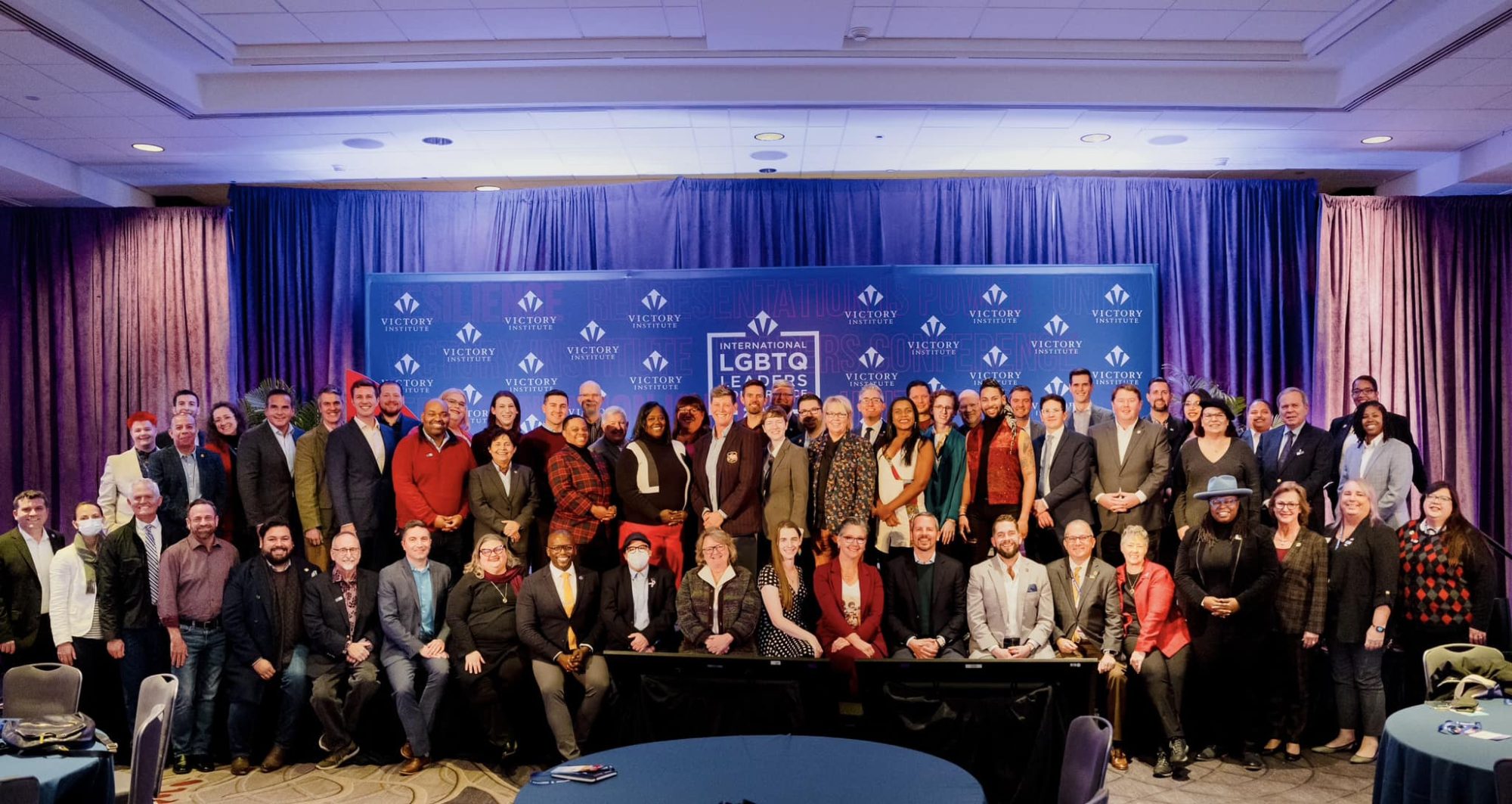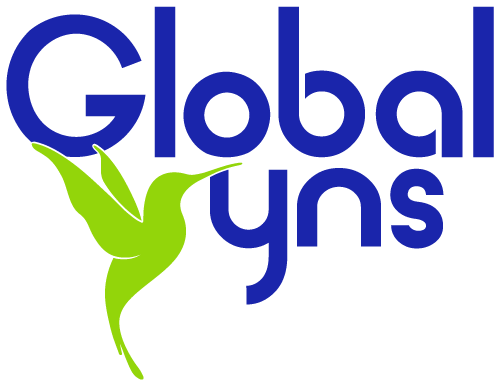LGBTQIA+ translation is a specialized service that has risen in popularity, but – what actually is it?
Because language and identity go hand in hand, this type of service requires translators and interpreters to cross linguistic barriers, have a deep understanding of intersectionality, and maintain queer, trans, and non-binary visibility in different cultures.
As a way to show our pride, we’ll explain exactly what LGBTQIA+ translation is, why it’s so important, and talk how GLOBAL YNS is supporting the LGBTQIA+ community.
What is LGBTQIA+ translation?
In short, LGBTQIA+ translation and interpretation is a service that allows you to cross linguistic barriers, while maintaining inclusion for gender identity and sexual orientation.
This requires highly specialized professionals who have an intimate understanding of both languages AND communities.
And naturally, LGBTQIA+ translation services are essential at conferences and events that celebrate and promote the queer movement.
What you need to know about queer translation
But ultimately, LGBTQIA+ translation requires extra tools, training, and resources that not all professionals are prepared for.
So let’s dig deep into why LGBTQIA+ translation is such a specialized service – and why you’ll need trained queer translators at your event.
So you can be sure that professional interpretation services require more preparation than for more casual situations.
Translators and interpreters need specialized training
The queer, trans, and non-binary communities need and deserve translation services that uplift their stories and make their voices heard. And because the words we use are directly connected to the way we identify – it’s even more important for marginalized communities to have access to services that accurately convey their identity during translation.
So just like diplomatic translation requires specialized training, services to the queer community also require professionals that understand the specific terminology, speech patterns, and connotations that apply to this context.
Deep cultural and linguistic knowledge is crucial
Naturally, queer interpreters need to have a wealth of knowledge to correctly translate LGBTQIA+ events.
These translators need to be able to convey:
● Gender identity
● Gender inclusion
● Non-discriminatory language
● Appropriate pronoun usage
● Community-specific jargon
Which means LGBTQIA+ translation services end up being an exercise in intersectionality. These professionals need to find creative ways to translate meaning while crossing linguistic and cultural barriers and upholding visibility for marginalized peoples.
Every language is different
And every queer community has different strategies to make themselves visible within their language.
Starting with English – the LGBTQIA+ communities have developed linguistic tools to become more inclusive in their speech. The UN’s guide to gender-inclusive language describes some tools we use every day that you might not even be aware of.
These strategies can range from using “they” as a singular pronoun to using non-gendered nouns. For example:
● This is Sam, they work in Human Resources. (Rather than he/she)
● The police officer was directing traffic. (Rather than policeman/policewoman)
However – while these strategies are crucial in English, they might not be the right inclusion tools for other languages. And without the proper training, a translator could use harmful and disrespectful language toward queer and trans peoples.
Which is why LGBTQIA+ translators and interpreters need to understand gender, sex, and sexuality inclusivity strategies for both languages.
Language is constantly evolving
Lastly – all languages are constantly changing. As we grow as a society, we find new ways to communicate our identities and experiences.
Words and expressions that were previously used can be considered offensive. And likewise, the LGBTQIA+ communities are often building their language strategies to become more inclusive over time.
For example, while in the early 2000’s, it was common for inclusive language policies to write “Latin@” in Spanish, it was transformed to “Latinx”, and is now currently transitioning into using “Latine” in many communities.
So LGBTQIA+ translation services require professionals to constantly stay up to date with linguistic trends.
English – Spanish LGBT Translation
In the US, one of the most common queer translation services is from English to Spanish.
For, many Pride conferences in DC will use trained queer interpreters to guarantee visibility for gay, trans, and non-binary folks in both languages. And naturally, these translators need months of preparation and tons of practice to make sure they are subject experts that can accurately translate for LGBTQ officials.
At GLOBAL YNS, we currently partner with 8 LGBTQ+ organizations and were proud to offer services to the largest international LGBTQ+ conference in DC. But of course, this required months of preparation and dozens of linguistic and cultural strategies to do right by these communities.
So here are just 2 strategies for English to Spanish queer translation and interpretation:
Todes
Unlike in English, all Spanish nouns are gendered. And to top it off – adjectives must match that grammatical gender.
Many times, feminine nouns will end in the letter A, and masculine nouns in the letter O. Likewise, plural nouns will end in -AS or -OS, but the default for mixed groups is -OS.
This obviously causes some issues of gender inclusivity both in native speech and in translation services.
One strategy to get around that is to end nouns and adjectives in E or -ES. So for example, you might say “todes son bienvenides” (all are welcome). This allows for inclusion of people across the gender identity spectrum.
Gender-neutral nouns with adjectives
Plural groups can be another barrier for inclusive translation, especially when the source language is English.
Let’s look at a quick example:
| English | Spanish (Less inclusive) | Spanish (More inclusive) |
| All of the guests should meet here at 8. | Todos los invitados se deberían reunir aquí a las 8. | Toda la gente invitada se debería reunir aquí a las 8. |
The first translation uses a masculine noun, even though it’s referring to an entire group of people. In other words, it’s similar to saying “all the male guests”. However, the second uses “the invited people” to include everyone across the gender identity spectrum.
So while English only has a few gendered nouns (think: policeman, actress, wife), all of them are grammatically gendered in Spanish.
This means that LGBTQIA+ interpreters need creative strategies like this one to translate meaning, maintain natural communication, and make minority groups visible.
LGBTQIA+ translation at GLOBAL YNS
GLOBAL YNS is dedicated to serving the LGBTQ movement. Our queer interpreters have decades of experience, national recognition, modern interpretation equipment, and an intimate understanding of language inclusivity.
But most importantly, our interpreters take pride in the crucial service we provide to the LGBTQIA+ communities at large. Our goal is to make queer, trans, and non-binary peoples visible by embracing intersectionality at every step.
Reach out to us here to book LGBTQIA+ translation services at your next event. In order to guarantee the highest-quality service that truly empowers, represents, and does due diligence to queer, trans, and non-binary folks, we require 6 months of preparation.
Any questions at all – just reach out!

Photo Credit- The Victory Institute

GLOBAL YNS
Offering Superior Language Solutions,
Where quality is our Priority
